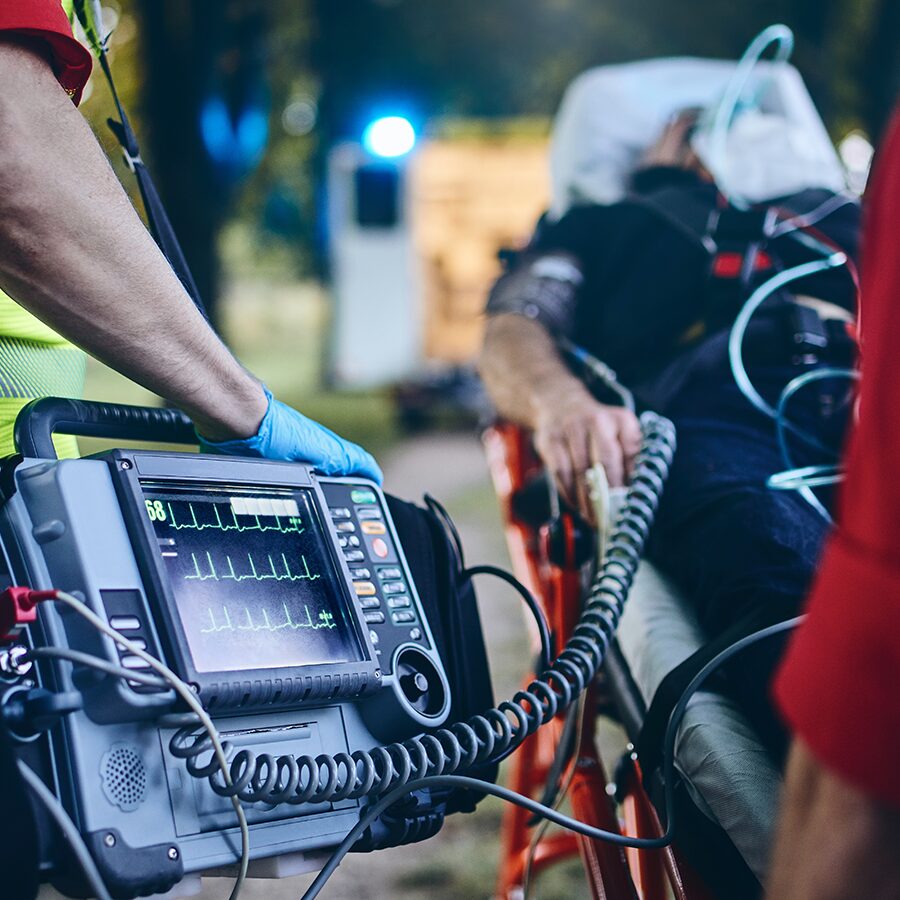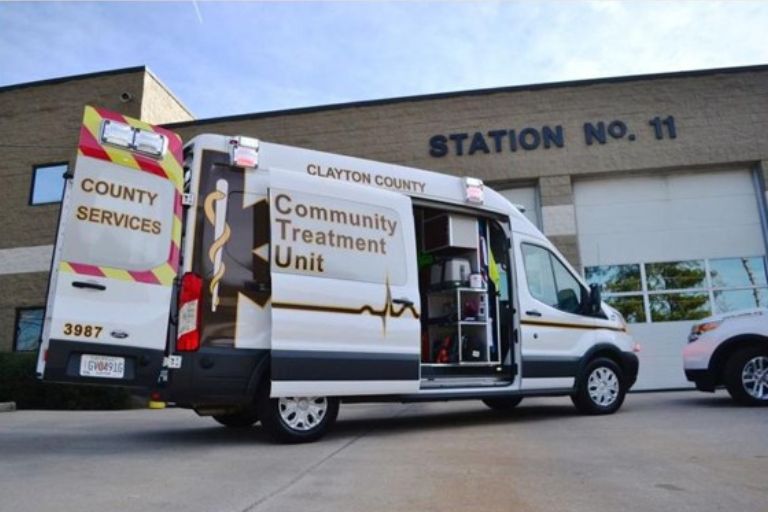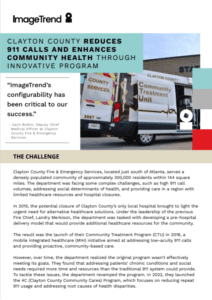The Challenge
Clayton County Fire & Emergency Services, located just south of Atlanta, serves a densely populated community of approximately 300,000 residents within 144 square miles. The department was facing some complex challenges, such as high 911 call volumes, addressing social determinants of health, and providing care in a region with limited healthcare resources and hospital closures.
In 2015, the potential closure of Clayton County’s only local hospital brought to light the urgent need for alternative healthcare solutions. Under the leadership of the previous Fire Chief, Landry Merkison, the department was tasked with developing a pre-hospital delivery model that would provide additional healthcare resources for the community.
The result was the launch of their Community Treatment Program (CTU) in 2016, a mobile integrated healthcare (MIH) initiative aimed at addressing low-acuity 911 calls and providing proactive, community-based care.
However, over time, the department realized the original program wasn’t effectively meeting its goals. They found that addressing patients’ chronic conditions and social needs required more time and resources than the traditional 911 system could provide. To tackle these issues, the department revamped the program. In 2022, they launched the 4C (Clayton County Community Cares) Program, which focuses on reducing repeat 911 usage and addressing root causes of health disparities.
The Solution
The Clayton County team turned to ImageTrend’s Community Health™ module and Continuum™ solutions to support their program’s transformation. By leveraging ImageTrend’s configurable, data-driven platform, the department was able to:
- Streamline Patient Management: The team restructured the Community Health module to create a centralized program for referred and enrolled patients. This approach allowed them to manage patients with multiple chronic conditions more effectively, without the need for separate programs for each condition.
- Clean and Consolidate Data: With ImageTrend’s Report Writer tool, the team identified 3,800 repeat patients accounting for 60% of their EMS call volume. They used this data to merge duplicate records and streamline reporting, enabling more accurate and efficient patient tracking.
- Leverage Continuum Dashboards: Using Continuum, the department created dashboards and heatmaps to track community health visits and visualize program impact by district. Custom playlists allowed internal and external stakeholders to see near real-time data on community health activities within their districts, fostering transparency and support for the program.
- Enhance Field Operations: The team integrated ImageTrend’s Repeat Patient functionality, a feature that’s part of Elite™, enabling crews to access comprehensive patient histories, including previous 12-lead results, glucose checks, and medication lists. This feature reduced reporting time for crews and improved decision-making in the field.
- Improve Referrals and Monitoring: Crews could now refer patients directly through ImageTrend’s platform, and the system automatically generated daily reports for the Community Health team. This allowed them to follow up with referred patients within 24 to 48 hours, providing timely interventions.
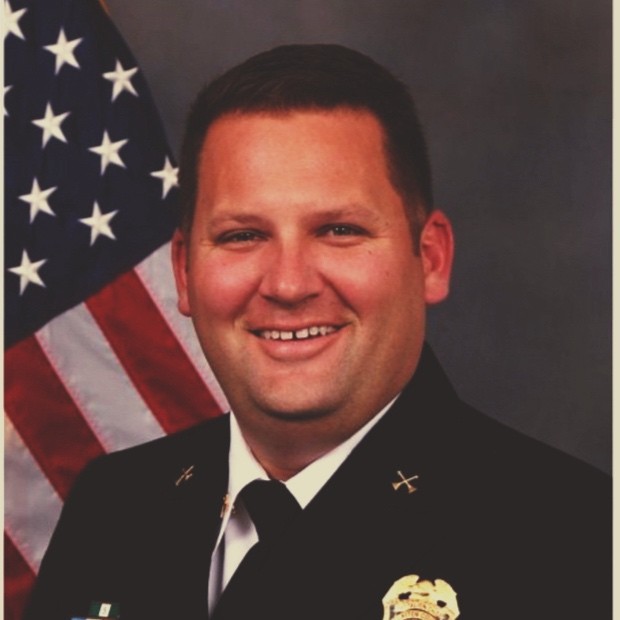
“ImageTrend’s configurability has been critical to our success. Their tools allow us to tailor our program to the unique needs of our community, helping us achieve our goals and make Clayton County healthier.”
Zach Botkin
Deputy Chief Medical Officer, Clayton County Fire & Emergency Services
The Outcome
Through these efforts, Clayton County achieved significant results:
Reduced 911 Dependency
Patients enrolled in the 4C program reduced their 911 usage by 50% or more, with some achieving a 100% reduction. In 2024, the department saw 500 fewer transports compared to the previous year, attributed primarily to program participants.
Decreased Call Volume
Despite population growth, the department reported its first annual call volume decrease in years, thanks to the 4C program and proactive community health visits.
Enhanced Efficiency
Crews saved time on reports by using repeat patient records, completing up to 60% of documentation before adding new details. This allowed them to focus more on patient care and less on administrative tasks.
Expanded Community Partnerships
The program collaborated with 35 community organizations to address social determinants of health, such as food, housing, and transportation. One of those included a pilot program with Uber Health that resolved transportation challenges for many patients.
What’s Next?
Clayton County continues to enhance its 4C program by addressing evolving community needs.
Recent initiatives include adding:
- Benefits Coordinator to help patients navigate insurance and social services
- Licensed Clinical Social Worker to support mental health needs
- Supplemental tools to assist the homeless population, including partnerships with VA resources for veterans.
These efforts, combined with ImageTrend’s configurable platform, have enabled the department to make a tangible impact on reducing 911 dependency, improving patient outcomes, and fostering collaboration with community partners.
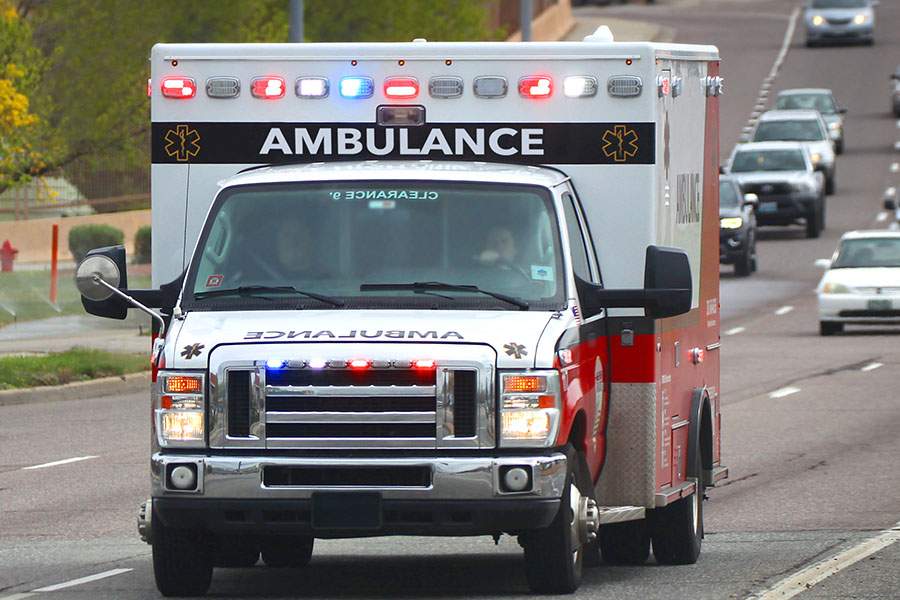
Tomorrow Won’t Look Like Today. Prepare for What’s Next.
See the bigger picture and confidently face the challenges ahead with our industry-leading solutions.
